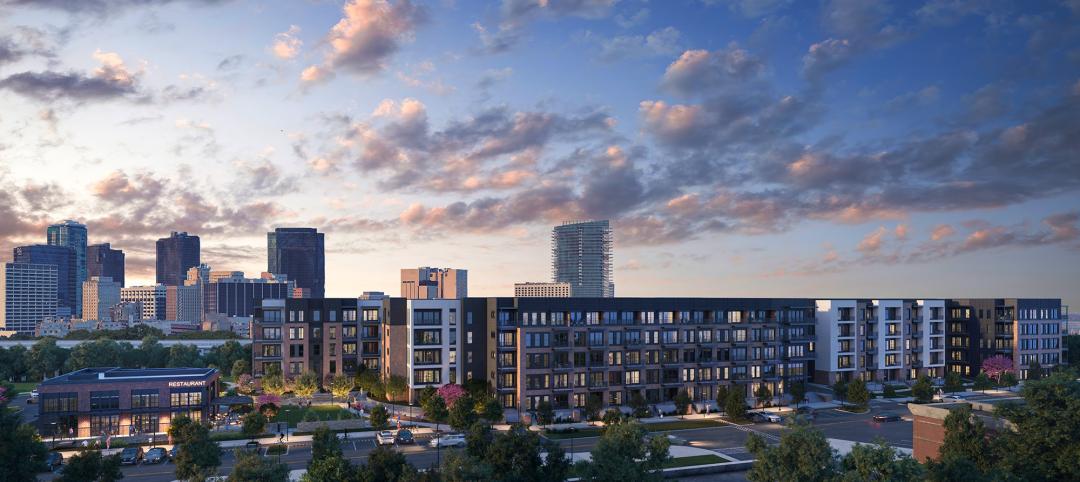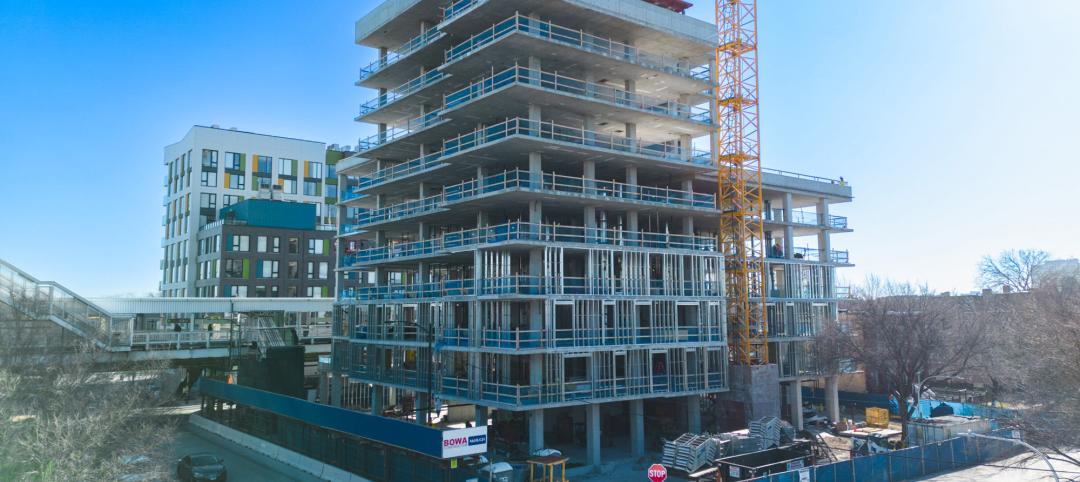The Biden-Harris Administration recently announced a nationwide allocation of $3.16 billion in homelessness assistance funding. This will be administered by the U.S. Department of Housing and Urban Development (HUD) through the Continuum of Care Program.
This funding decision marks the largest annual federal investment in addressing homelessness to date. Designated for supportive housing assistance initiatives, the Continuum of Care Program will distribute the $3.16 billion across over 7,000 projects nationwide.
HUD’s Continuum of Care program provides grants to nonprofit providers, States, Indian Tribes, and local governments for permanent and short-term housing assistance, supportive services, planning, data, and other costs. The funds will also go towards supportive services for individuals and youth experiencing homelessness, as well as survivors of domestic abuse.
Continuum of Care Program Criteria
“Now, more than ever, we are doing all we can to get people off the street and into permanent homes with access to services,” says HUD Secretary Marcia L. Fudge. “That is why we are making sure the service providers on the frontlines of this crisis have the resources they need.”
HUD's approach encourages communities to adopt evidence-based strategies in combating homelessness, prioritizing interventions that prioritize housing stability alongside supportive services. HUD has expanded the program's eligibility criteria to address the unique challenges faced by rural communities in serving individuals experiencing homelessness.
This year's $3.16 billion allocation represents an unprecedented level of funding, crucial for expanding community capacity to address homelessness, especially as rates of homelessness continue to rise across the country.
Successful applicants for these grants have demonstrated a commitment to collaborative, community-wide efforts to end homelessness. Emphasizing partnerships with health agencies, housing agencies, and other stakeholders, communities are increasingly focusing on reducing unsheltered homelessness through interdisciplinary approaches.
Homelessness Assistance Funding by State
The states that received the most funding were also those with the greatest number of projects. California and New York top the list, receiving over one-quarter (29%) of all annual funding for its 779 and 572 projects, respectively. These are the top five states awarded:
- California: 779 projects; awarded $601 million
- New York: 572 projects; awarded $303 million
- Texas: 249 projects; awarded $162 million
- Illinois: 369 projects; awarded $158 million
- Ohio: 331 projects; awarded $154 million
- Pennsylvania: 442 projects; awarded $148 million
- Florida: 320 projects; awarded $134 million
- Massachusetts: 208 projects; awarded $125 million
- Washington: 205 projects; awarded $111 million
- Michigan: 267 projects: awarded $98 million
Significant Increase From Previous Years
The 2023 fiscal year’s increase in funding for the Continuum of Care Program is a significant leap from previous years. In 2022, the amount was just under $2.8 billion, indicating a 14% increase in funding. The increase between 2021 and 2022 was just over 4 percent.
Looking ahead, the administration remains steadfast in its commitment to not only halting but reversing the upward trend in homelessness. President Biden's FY 2024 Budget proposes further actions to address homelessness, including investments to lower rental costs and provide guaranteed vouchers for vulnerable populations such as low-income veterans and youth aging out of foster care.
View a breakdown of the Continuums of Care and project awards on the HUD website.
Related Stories
Apartments | Jan 26, 2024
New apartment supply: Top 5 metros delivering in 2024
Nationally, the total new apartment supply amounts to around 1.4 million units—well exceeding the apartment development historical average of 980,000 units.
Self-Storage Facilities | Jan 25, 2024
One-quarter of self-storage renters are Millennials
Interest in self-storage has increased in over 75% of the top metros according to the latest StorageCafe survey of self-storage preferences. Today, Millennials make up 25% of all self-storage renters.
Senior Living Design | Jan 24, 2024
Former Walgreens becomes affordable senior living community
Evergreen Real Estate Group has announced the completion of Bellwood Senior Apartments. The 80-unit senior living community at 542 25th Ave. in Bellwood, Ill., provides independent living options for low-income seniors.
Adaptive Reuse | Jan 23, 2024
Adaptive reuse report shows 55K impact of office-to-residential conversions
The latest RentCafe annual Adaptive Reuse report shows that there are 55,300 office-to-residential units in the pipeline as of 2024—four times as much compared to 2021.
Modular Building | Jan 19, 2024
Virginia is first state to adopt ICC/MBI offsite construction standards
Virginia recently became the first state to adopt International Code Council/Modular Building Institute off-site construction standards.
Mixed-Use | Jan 19, 2024
Trademark secures financing to develop Fort Worth multifamily community
National real estate developer, investor, and operator, Trademark Property Company, has closed on the land and secured the financing for The Vickery, a multifamily-led mixed-use community located on five acres at W. Vickery Boulevard and Hemphill Street overlooking Downtown Fort Worth.
Affordable Housing | Jan 18, 2024
Habitat tops off second apartment building at 43 Green
The co-developers of 43 Green celebrate the latest milestone for the $100 million, mixed-income, mixed-use project in Bronzeville: topping off Phase 2 while reaching full lease-up of the Phase 1 apartment building.
Adaptive Reuse | Jan 12, 2024
Office-to-residential conversions put pressure on curbside management and parking
With many office and commercial buildings being converted to residential use, two important issues—curbside management and parking—are sometimes not given their due attention. Cities need to assess how vehicle storage, bike and bus lanes, and drop-off zones in front of buildings may need to change because of office-to-residential conversions.
MFPRO+ News | Jan 12, 2024
Detroit may tax land more than buildings to spur development of vacant sites
The City of Detroit is considering a revamp of how it taxes property to encourage development of more vacant lots. The land-value tax has rarely been tried in the U.S., but versions of it have been adopted in many other countries.
MFPRO+ News | Jan 12, 2024
As demand rises for EV chargers at multifamily housing properties, options and incentives multiply
As electric vehicle sales continue to increase, more renters are looking for apartments that offer charging options.


















